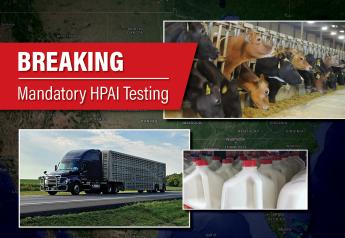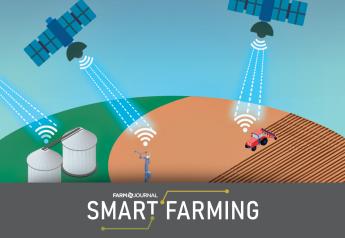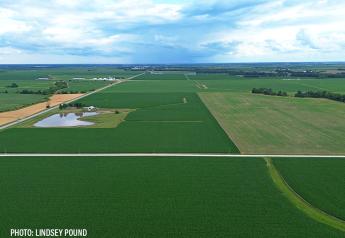Know When to Use Granular Vs. Liquid Fertilizers

You know as well as the next farmer fertilizer is critical to promote healthy, high-yielding crop growth. When it comes to nitrogen how you buy fertilizer can have a strong impact on how well your crop grows, and your wallet.
“Urea prices firmed sharply through harvest 2017 to a 21.4% premium to anhydrous ammonia,” says Davis Michaelson, editor of Pro Farmer Inputs Monitor. “Urea has since softened slightly as anhydrous has firmed, narrowing the gap to just 6%. Through that price tumult, UAN prices have chosen to follow anhydrous rather than urea and both UAN28% and 32% are priced at a mild discount to anhydrous ammonia when considered on an indexed basis.
“Currently, UAN28% is the least expensive form of nitrogen in our survey at a 1.8% discount to anhydrous.”
Carefully weigh the advantages and disadvantages of granular and liquid fertilizers.
Granular Fertilizer
Advantages:
- Easier to store
- Slow-release granules help feed crops longer into the season
- More efficient for preplant application
Disadvantages:
- High salt content can burn leaves and steer roots away from nutrients
- Immobile nutrients such as phosphorus can’t get any closer to the roots because they can’t be carried like liquid in water
- Each granule holds a nonuniform amount of nutrients
Liquid Fertilizer
Advantages:
- Easier to handle when blending and applying
- Provides uniform application
- Can be used for both starter and in-season application
- Option for one-pass in season by blending with crop protection products
Disadvantages:
- Can be expensive to convert equipment to handle liquid fertilizer
- More susceptible to volatilization and loss
Special Considerations for Anhydrous Ammonia
While anhydrous ammonia (NH3) can serve as an excellent source of nitrogen, many factors need to be in place for it to be effective. Penn State University Extension provides some recommendations and points of caution.
Be mindful of your soil composition. “If rocks or terrain cause the injection knives to come out of the soil, NH3 will immediately be lost to the atmosphere,” Penn State says. If you have rough and rocky field conditions, it might be best to look into other options.
Soil moisture can affect row closure behind the knife. If it’s too dry the soil won’t close and you’ll lose nitrogen to the atmosphere. Additionally, NH3 needs water to convert to NH4 so it can be absorbed into soil particles.
These special considerations for your soil might make application timing trickier than using other nitrogen fertilizer options. However, if you hit the right conditions, anhydrous ammonia can help provide crops nitrogen when they need it in a relatively easy-to-use form.







